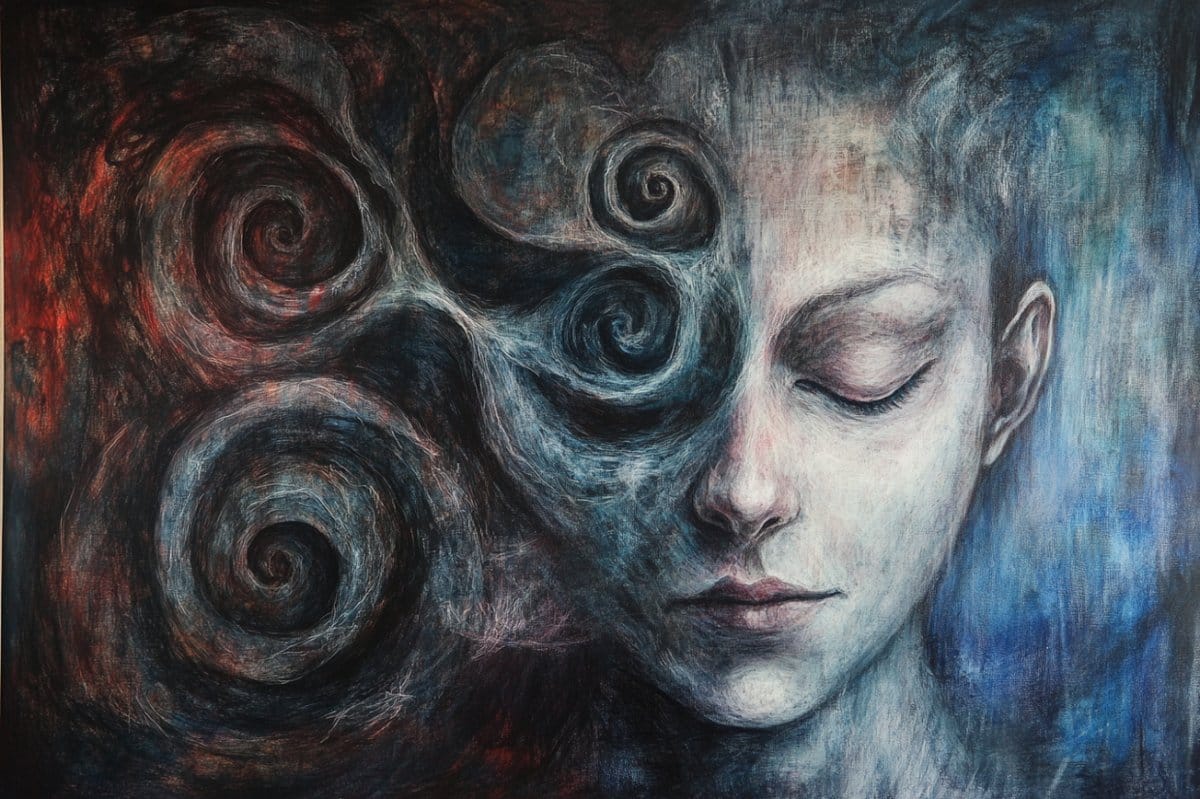Summary: Listening to nostalgic music activates key brain regions tied to memory and emotion, according to a new brain imaging study. Researchers found that songs linked to personal memories engage both the default mode network and the brain’s reward circuitry.
This neural activity may explain why music is such a powerful emotional trigger and could be used to support individuals with memory disorders like Alzheimer’s. The findings highlight music’s unique ability to evoke vivid autobiographical memories and suggest a promising, non-drug-based path to improving emotional well-being and cognitive function.
Key Facts:
- Neural Activation: Nostalgic songs stimulate both memory-related and reward-related brain regions.
- Therapeutic Potential: Music may support emotional and cognitive health in individuals with memory loss.
- Personal Connection: Songs tied to personal life events evoke stronger brain responses than unfamiliar music.
Source: USC
When you hear a song from your youth — maybe a high school slow dance or a road trip anthem — you’re not just reminiscing. You’re lighting up key regions of your brain.
A new study led by Assal Habibi of the Brain and Creativity Institute (BCI) at the USC Dornsife College of Letters, Arts and Sciences found that nostalgic music engages both the brain’s default mode network, which is linked to memory and self-reflection, and its reward circuitry.
The findings, published in the journal Human Brain Mapping, offer scientific insight into why music can serve as a powerful tool to help people with Alzheimer’s disease and other memory-related conditions reconnect with their past.
“Music is deeply intertwined with our sense of identity and personal history,” said Habibi, associate professor (research) of psychology and neurology.
“What we’re seeing is that nostalgic songs don’t just bring back memories — they activate the brain in ways that could support emotional well-being and cognitive function, especially in individuals living with memory impairments.”
Using functional MRI to monitor participants’ brain activity as they listened to songs tied to meaningful life events, the researchers uncovered a neural signature that may explain music’s unique ability to evoke vivid, autobiographical memories.
The research points to a promising, nonpharmacological path for improving quality of life in people experiencing memory loss — one that starts with a simple playlist.
About the study
In addition to Habibi, study researchers include corresponding and lead author Sarah Hennessy, a former USC Dornsife graduate student who is now a postdoctoral scholar at the University of Arizona; Jonas Kaplan and Talia Ginsberg of USC Dornsife; and Petr Janata of the University of California, Davis.
Funding: The research was supported by the Grammy Museum Foundation Scientific Research Award, BCI and the USC Hearing and Communication Neuroscience T32 Fellowship.
About this music and memory research news
Author: USC Dornsife News
Source: USC
Contact: USC Dornsife News – USC
Image: The image is credited to Neuroscience News
Original Research: Open access.
“Music-Evoked Nostalgia Activates Default Mode and Reward Networks Across the Lifespan” by Assal Habibi et al. Human Brain Mapping
Abstract
Music-Evoked Nostalgia Activates Default Mode and Reward Networks Across the Lifespan
Nostalgia is a mixed emotion that is often evoked by music. Nostalgic music may induce temporary improvements in autobiographical memory in individuals with cognitive decline. However, the neural mechanism underlying music-evoked nostalgia and its associated memory improvements is unclear.
With the ultimate goal of understanding how nostalgia-evoking music may help retrieve autobiographical memories in individuals with cognitive impairment, we first sought to understand the neural underpinnings of these processes in healthy younger and older adults.
Methodological constraints, including the lack of personally tailored and experimentally controlled stimuli, have impeded our understanding of this mechanism.
Here, we utilized an innovative machine-learning-based method to construct three categories of songs, all matched for musical features: (1) personalized nostalgic, (2) familiar non-nostalgic, and (3) unfamiliar non-nostalgic. In 57 participants (29 aged 18–35; 28 aged 60 and older), we investigated the functional neural correlates of music-evoked nostalgia using fMRI.
Four main findings emerged: (1) Listening to nostalgic music, more than familiar non-nostalgic or unfamiliar music, was associated with bilateral activity in the default mode network, salience network, reward network, medial temporal lobe, and supplementary motor regions, (2) Psychophysiological interaction (PPI) models indicated that listening to nostalgic music involved increased functional connectivity of self-referential (posteromedial cortex) and affect-related regions (insula), (3) Older adults had stronger BOLD signals than younger adults in nostalgia-related regions during nostalgic listening, (4) While the BOLD response to nostalgic music in younger adults was associated with trait-level factors of nostalgia proneness and cognitive ability, the response in older adults was related to affective responses to the music.
Overall, our findings serve as a foundation for understanding the neural basis of music-evoked nostalgia and its potential use in future clinical interventions.





